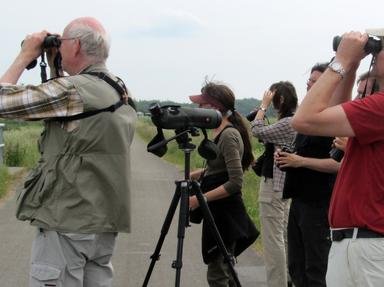Quiz Answer Key and Fun Facts
1. The Australian bin chicken is an informal name for which species of bird?
2. Ibises are water birds. The Australian white ibis has many features common to all ibis species. Which of the following anatomical characteristics is *NOT* characteristic of ibises?
3. Why is the Australian white ibis called a bin chicken?
4. When Brisbane, Australia's third biggest city, was announced as the preferred site of the 2032 Olympics in 2022, the Queensland State Government Minister for Sports suggested the bin chicken should be the mascot for the games. True or false?
5. What is the natural diet of the Australian white ibis?
6. Can the Australian white ibis fly?
7. The Australian white ibis has a distinctive breeding pattern which involves the male giving a female a twig as a gift. True or false?
8. The straw-necked ibis (Threskiornis spinicollis) is the same genus as the Australian white ibis but it is a different species. Which of the following is *NOT* a characteristic it shares with its cousin?
9. The glossy ibis (Plegadis falcinellus) is the third species of ibis found in Australia. What is the most distinctive feature that separates it from the other two ibis species found in Australia?
10. There are 29 extant species of Ibis across 12 genera. Most species naturally inhabit wetlands though there are exceptions. What part of the world would you find the most species of ibises in any one place?
Source: Author
1nn1
This quiz was reviewed by FunTrivia editor
rossian before going online.
Any errors found in FunTrivia content are routinely corrected through our feedback system.
